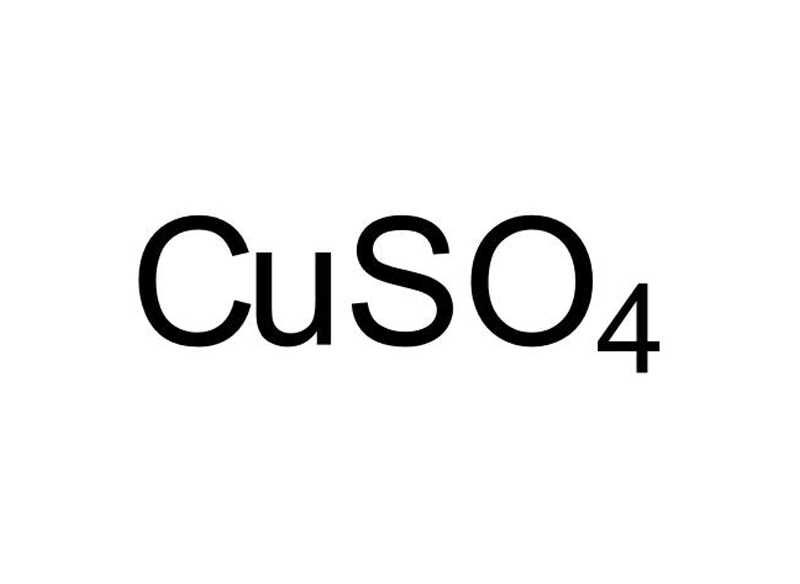Copper(II) sulfate (CuSO4)
"baseclick-grade" copper catalyst in high quality for optimal yield

| Size | Catalog No. | Price |
|---|---|---|
| 10 mg | BCMI-004-10 | € 18,00 |
| 5 x 10 mg | BCMI-004-50 | € 55,00 |
-
Water-soluble Copper(II) sulfate (CuSO4) is the compound of choice, if click reactions in aqueous media e.g. for experiments with cell culture or sensitive biomolecules that do not accept DMSO-based environment should be performed. To create the click reactive Cu(I), Sodium Ascorbate is needed as reducing agent. Additionally a water-soluble ligand (e.g. THPTA) for protection of your sample has to be used.
FAQ
-
What is the best catalyst for my reaction?
The optimal catalyst depends on your application and the solvents used. In general, there are three major catalyst systems for copper-catalyzed click reactions that apply the required Cu(I) source:
1) Working in aqueous media: Then we recommend using a CuSO4 (BCMI-004) based system. To generate the catalytic Cu(I) species, please do not forget to add the necessary sodium ascorbate (BCMI-005) and our water soluble THPTA ligand (BCMI-006). As the sodium ascorbate has restricted stability when dissolved, please prepare this solution always fresh.
2) Working in organic medium (mostly DMSO or click solution): Then we recommend using CuBr and TBTA ligand (BCMI-002) for labeling reactions. Please note, that CuBr is sensitive to air. Therefore, we take precautions when aliquoting and sealing this compound. Once opened, please use the compound fast (within a few hours maximum).
3) For small sample amounts from e.g. enzymatic reactions in aqueous media we recommend using our reactor system that is part of our Oligo Link kits. As this catalyst will not dissolve during the reaction and can also be applied in organic media, its handling is very simple as described in the kit user manual. Additionally, the long-term storage is superior compared to the other catalyst systems. -
What is the yield of click reactions?
The nature of click chemistry is that the reactions are fast, efficient and results in high yields. Under optimal conditions, quantitative yields are easily achieved.
-
Which reagents to avoid in copper catalyzed click reactions?
Some biochemical buffer components can interfere with the copper-catalyzed click reactions (CuAAC). For example, TE and TAE buffer contain EDTA which chelates the copper ions and thus decreases reaction kinetic and yield. Moreover, free thiols, as dithiothreitol (DTT) and mercapto ethanol, can deteriorate or completely prevent click reactions.
-
What kind of labels can be clicked?
As it is the nature of click reactions, various groups can be attached to nucleic acids, not constricted to dyes. The only requirement is the use of high quality reagents containing clickable groups.
-
What is the best catalyst for my reaction?
-
-
Molecular Formula
CuSO4
-
Shelf Life
12 months unopened after receipt
-
Storage Conditions
RT, dry, inert gas
-
Molecular Weight
159.6 g/mol
-
Purity
≥ 98% (iodometric)
-
Physical State
light green to grey fine powder
-
CAS Number
7758-98-7
-
Solubility
aqueous media
-
Preparation/Handling
Water-soluble copper(I) source for click reactions after reduction (e.g. by using BCMI-005)
-
Molecular Formula

